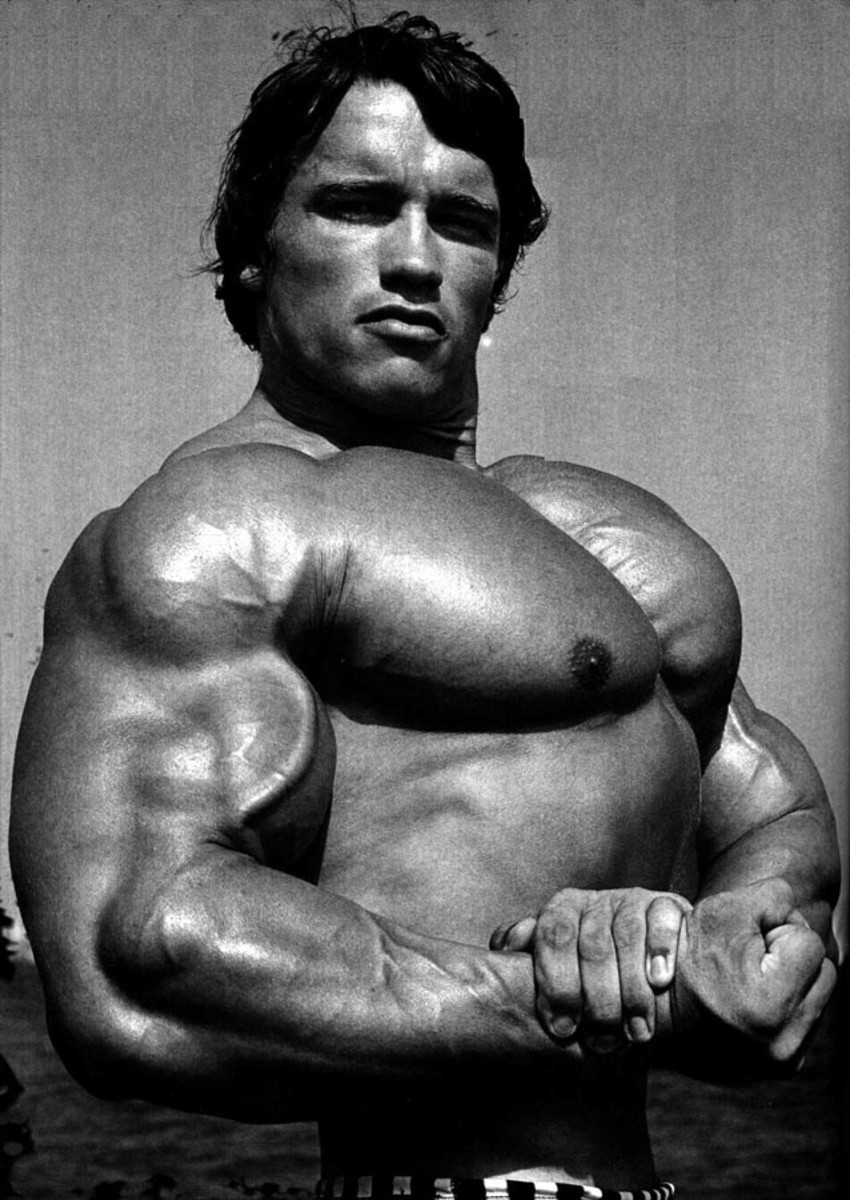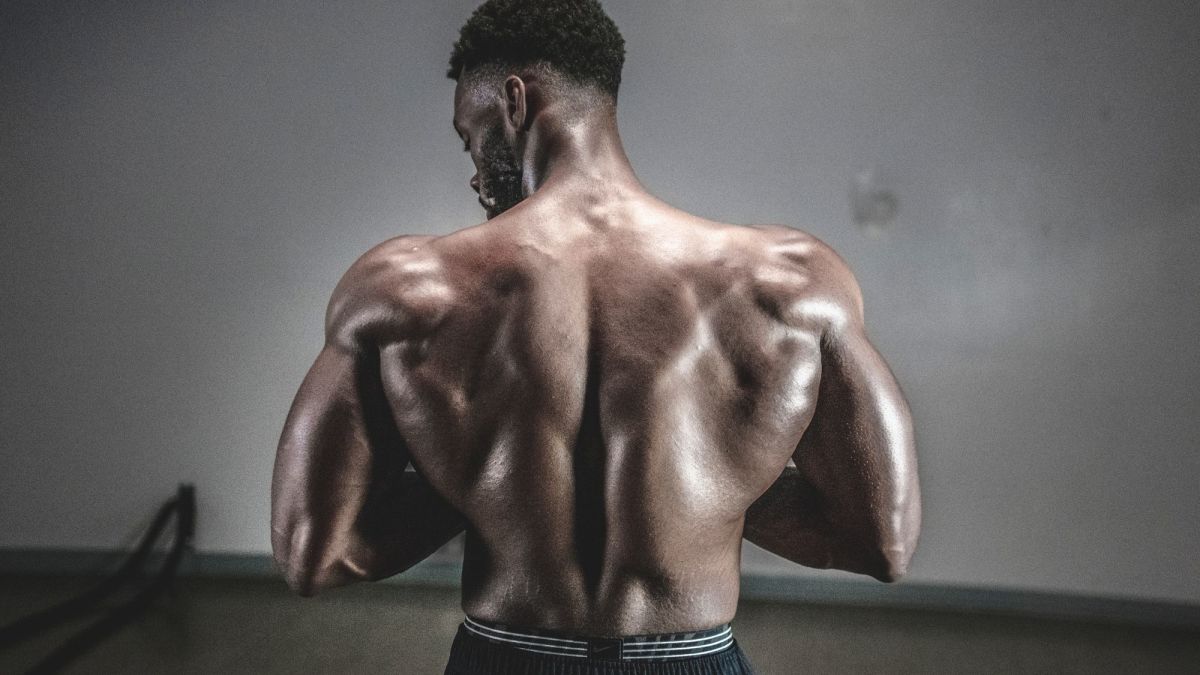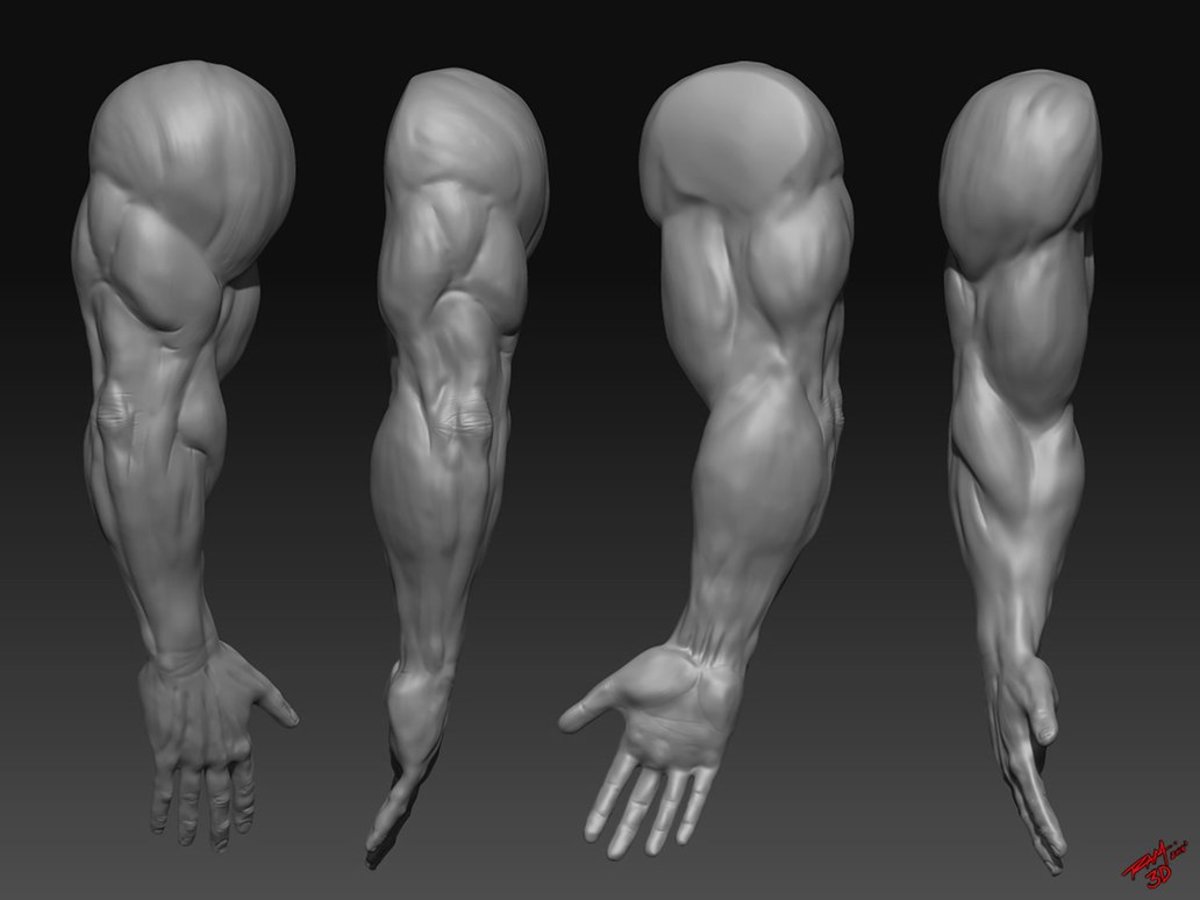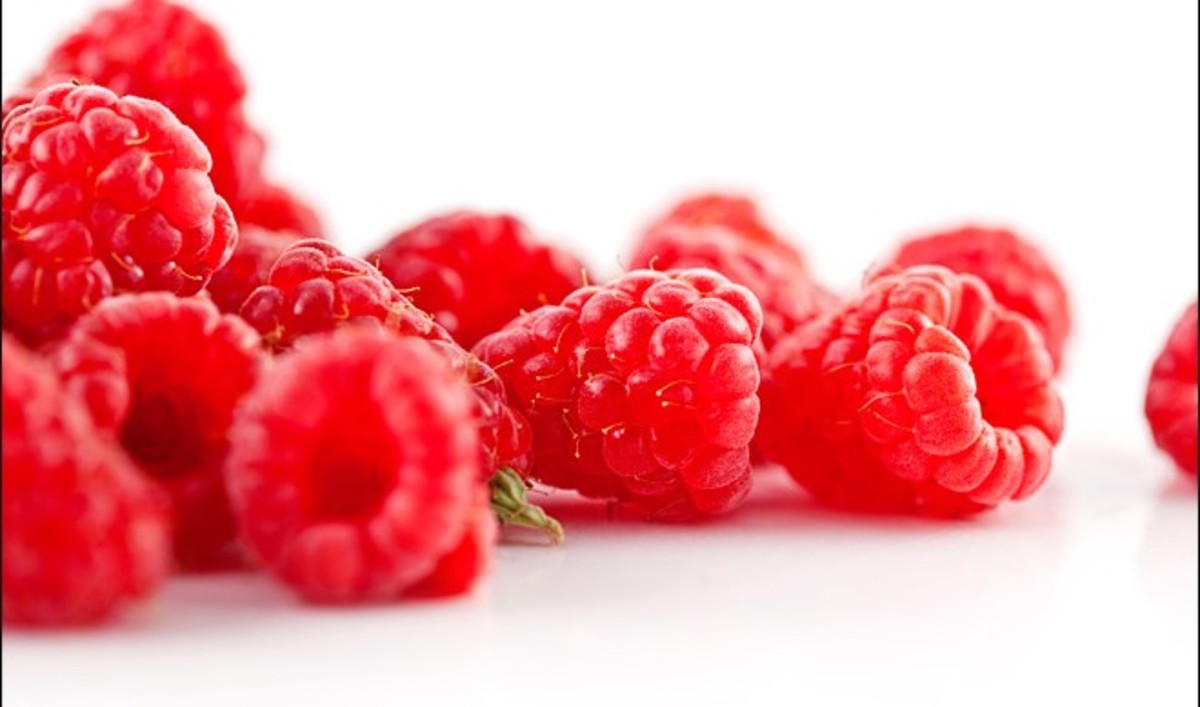Muscle Rush Peak by Inner Armour Review
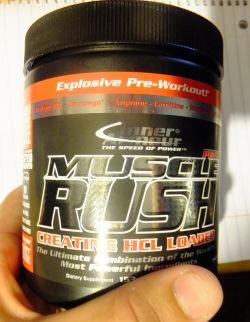
Getting back to basics with your Pre-workout
I've been using a pre-workout before every workout since I tried my first one about a year ago, though I had been lifting weights before then. This amounts to an enormous amount of caffeine, creatine, beta-alanine, and goodness knows what else. See, often times less-reputable supplement companies will add substances not listed on the label to improve their product.
Substances like steroids and amphetamines.
That's one of many reasons I like the Inner Armour company in general. Every batch of their products is tested for banned substances.
Every. Single. Batch. Tested.
If you are an athlete, or even concerned about your health and are taking supplements, you want to be sure you aren't taking something that could kill you.

Why Pre-workout?
Some people don't find it necessary at all and do great, and get built just lifting and eating. For me, drinking a pre-workout helps me get into the mindset of going out and lifting. I lift on my back porch, and have 3 kids, so going from mindset of "watch kids" to "lift heavy things." Taking a pre-workout started as an attempt to increase performance while lifting, but has now become a ritual that gets me into the right place. You don't mess around when you are lifting iron, as you will be likely to hurt others, or yourself.
I suppose someone could replace my pre-workout powder with kool-aid and I would still feel "in the zone," but it would not have the added performance benefits with the actual supplement.
I feel that there are a "big 3" ingredients for an all-star pre-workout: Caffeine, Creatine, and Beta-Alanine. These ingredients have been tested and proven to increase athletic performance by multiple studies.
Muscle Rush has all 3.
Caffeine
Almost every pre-workout is a stimulant of some sort, and almost all of them use caffeine. Caffeine's performance benefits are well documented.
Caffeine also helps with alertness, focus, and, yes, has performance enhancing effects. But caffeine is relatively safe for most adults.
I've hit some nice PRs taking a pre-workout with caffeine. Numbers I never thought I would reach. When I first started squatting, I could barely do 100 lbs. Now I am looking for when I can start to hit "about three fiddy." Currently I am at three plates, which was a big goal for me (315 lbs).
Is it all caffeine? Of course not. Anyone who lifts knows there is more to life than caffeine. But it sure helps get you there!
Creatine
Creatine is a great supplement. I firmly believe that more people should be taking creatine, not just lifters, but probably everyone. Creatine increases bone mass. People with brittle bones (or a family history!) could benefit from taking creatine.
Vegetarians are also known to have lower levels of creatine in their muscle. In the link, you can read a study showing that vegetarians started weaker, and with less lean body mass compared to meat eaters, but that creatine supplementation corrected this. Creatine was actually shown to be MORE effective at gaining muscle mass in those who were initially deficient.
Cliff notes at the bottom.
Without getting too complicated, creatine does its magic by helping your body produce ATP easier, which is a basic unit of energy your body uses for muscle contraction. It buffers the Phosphocreatine System.
Cliffs: For those less scienctifically inclined, creatine helps you lift more weight and do more reps.
Beta-Alanine
Beta-Alanine is sorta the new kid on the block, supplement wise.
Beta-alanine works by increasing carnosine levels in the body. Beta-alanine is the limiting precurser (used with histidine) to produce carnosine. That is a fancy way of saying that we run out of beta-alanine before histidine, so take more of it.
Beta-alanine has been shown to increase muscle contraction and carnosine levels in sprinters. Carnosine is also being used for many other things right now, and I encourage you to read more about it. Carnosine supplementation is being used for wrinkle creams, autism, cataracts, cancer, and reduce/protect from damage to the liver caused by alcohol.
A nice side effect, for me anyway, are the tingles I get from the beta-alanine. This is a known side effect, but it always catches my attention and helps get me ready to go lift.
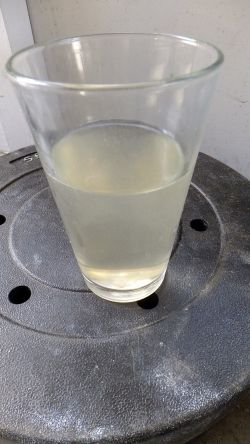
So how does it taste?
I've only had Fruit Punch version, not the blue raspberry. The fruit punch is quite nice, I would drink it casually, not just for lifting.
Not all supplements taste this good! I've had one that tasted like cough medicine, and made me quite sick to my stomach.
I've had other Inner Armour products, like Nitro Peak, Casein AAE, BCAA peak (watermelon), and mass peak. Aside from not liking the BCAA peak, because it was watermelon flavored, I have enjoyed every single Inner Armour product I have tried. I have faith that Blue Raspberry will be wonderful.
About the only negative thing I can say about Muscle Rush is that it looks like powdered chalk, and makes your drink look gross. It LOOKS unappetizing, but tastes great. The reason for this is that Inner Armour didn't add any artificial colors or dyes.
So, I really understand, and frankly I would rather have it dye-free.
It mixes quite well, leaving very little sediment at the bottom.
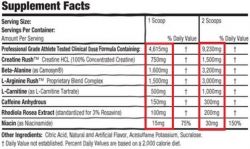
One final thing...
I found this so important, I wanted to put it by itself.
The folks at Inner Armour decided to print their whole ingredient list on Muscle Rush. To me, this is huge! Inner Armour deserves big kudos for those. I can only recall 1 other supplement company off hand that does this, and I am glad Inner Armour is stepping up to join them.
We, as consumers, deserve to know what we are putting into our bodies. If you look at your supplements, you will see an ingredient list with a total dosage, usually in mg, and the note "proprietary blend."
This is code for "we aren't telling you."
Inner Armour cut the crap, drew a line in the sand, and said "ENOUGH!"
Note: It is a little hard to read. I highlighted in red. It is all there.

